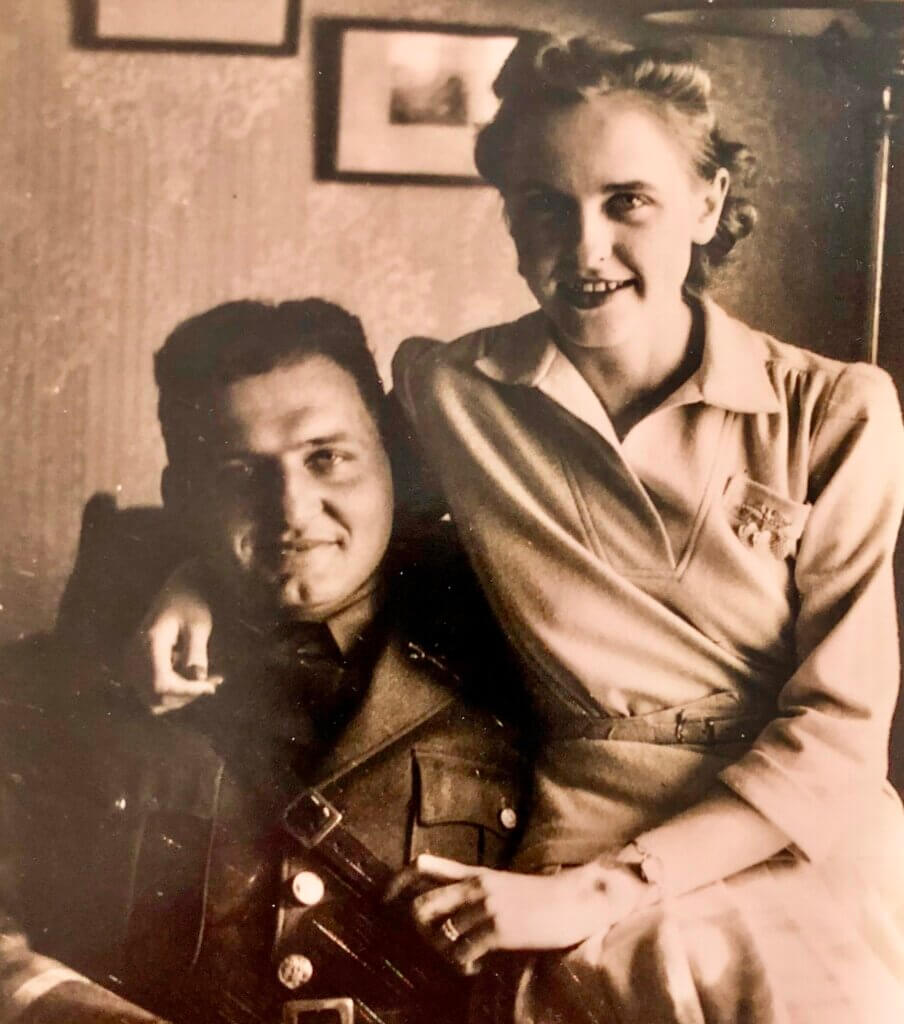
Weary from four long days of train rides from California, Capt. Ray Hays of Champaign, IL was ready for a change. Hays knew he was shipping out soon. His only experience on his first visit to the east coast was an overnight in wooden barracks and a miles-long march to a long pier where he boarded a troop ship bound for Scotland. He remembers leaving the port of New York darkened to avoid German submarines. It was March 1, 1944, and the allies were on the move.
It wasn’t until 50 years later while walking on Piermont Pier with his son and seeing the Camp Shanks memorial plaque that it all came back to him: the chilly miles-long march to the pier; the moment when his foot hit the gangplank with the grim awareness he was leaving his career, family and country behind; crossing a storm-driven Atlantic Ocean in which he was one of the few not to be seasick; and the eerie, temporary camaraderie of soldiers bound for the unknown. Thanks to courageous veterans like Hays, the world changed for the better. So it is fitting that on Veterans Day that we remember how much the Greatest Generation sacrificed to bring peace.
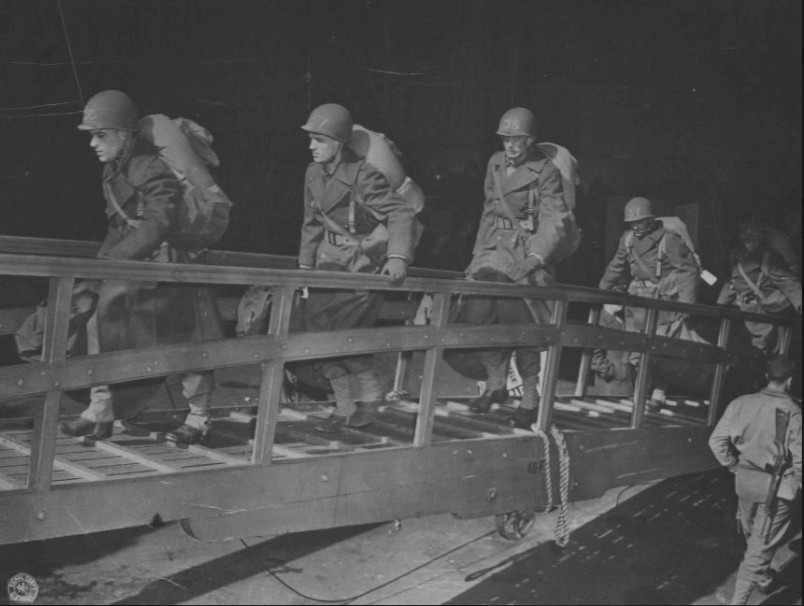
Ray & Sally
Ray Leroy Hays was born December 6, 1919 in Salem, a small southern Illinois town. He was the son of Elijah, a teacher and Baptist minister, and Rose. When he attended the University of Illinois in Champaign-Urbana, IL in the late 1930s, he became the first in his family to attend college. Like many students of his time, he worked his way through school and signed up for ROTC (Reserve Officer’s Training Corps).
In his senior year, he met a farm girl who grew up just east of Champaign. Her name was Clara Alice Foster, but she went by Sally. She went to a one-room school growing up, and was the first in her family to continue schooling beyond high school, eventually graduating from nursing school. She and Ray hit it off at once, and they spent what time they could together in moments between school, work, and 10p nursing-school curfews during the week.
The Road to War
Hays graduated from the University of Illinois in June 1941, and shipped off to Fort Sill, Oklahoma in July. Ray and Sally married on January 21, 1942, just 45 days after the bombing of Pearl Harbor. When Ray had a few days leave, they drove to Missouri to perform the service, as Illinois required blood tests that took several days to complete. They lived in rental housing at Fort Sill without much money, but they had each other.
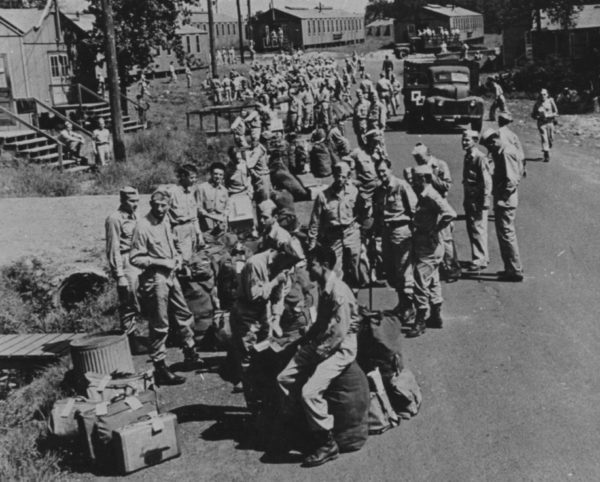
Hays transferred to Ft. Smith in Arkansas and then to Blythe, California in the Mojave Desert for overseas training with Patton’s 6th Armored Division. In the fall of 1942, Sally drove to California and joined him in Palm Springs. She then moved with him, in January, 1943, to Camp Cooke, California, near what is now the Vandenberg Air Base. They lived in Santa Maria for nearly a year where a daughter, Patricia Ann, was born.
Called to duty in early 1945, Ray headed east by train. Sally drove back to Illinois with her baby. Like many others in wartime, the two young people who had not traveled much, suddenly were moving all over the place. These sorts of sacrifices are little remembered today. It took an amazing amount of grit to leave home as a new mother and drive cross country unsure of what was to happen next. Courage at home matched courage at war.
Camp Shanks
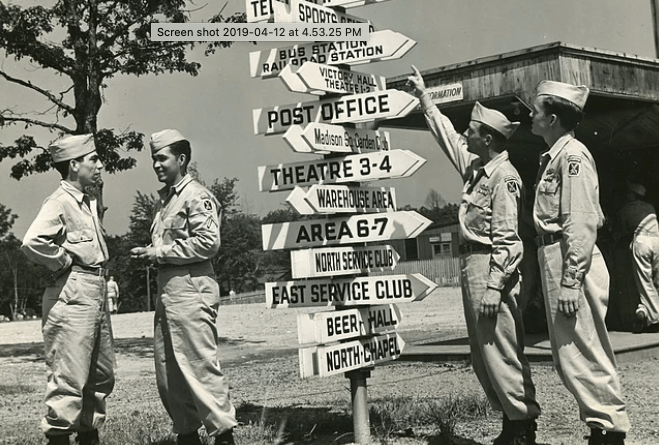
Dubbed “Last Stop, USA”, Camp Shanks opened in May 1943 on 2,000 acres seized from home and farm owners in Orangetown. Soldiers stayed for just a few days before embarking to Europe. The camp housed up 50,000 troops, including some 75% of the troops who participated in the D-Day landing. African American troops lived in segregated quarters. After most of the American troops departed, German and Italian Prisoners of War arrived between April 1945 and May 1946. Nearly 300,000 POWs were processed through the camp.
The camp closed in July 1946. Many of the buildings became homes for veterans known as “Shanks Village. In 1954, the property was sold for private residences. Today the Camp Shanks Museum is located in Orangeburg, NY.
Capt. Hays in Europe
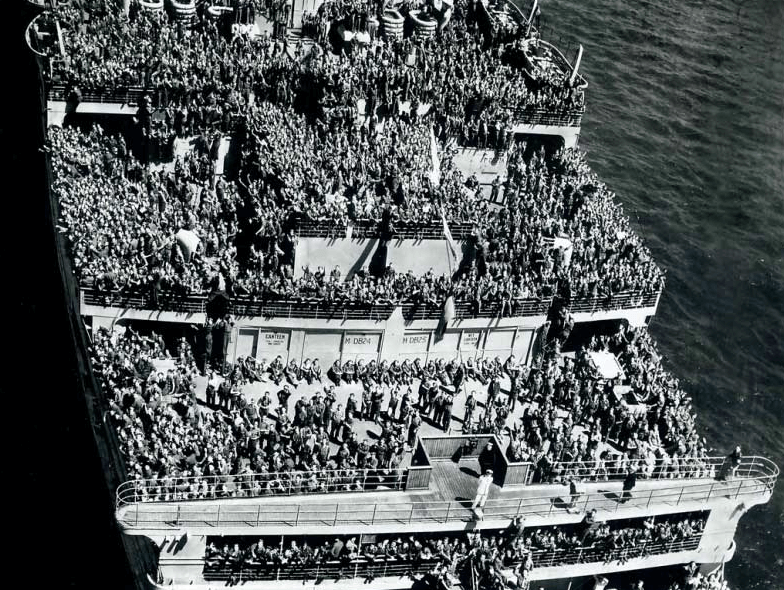

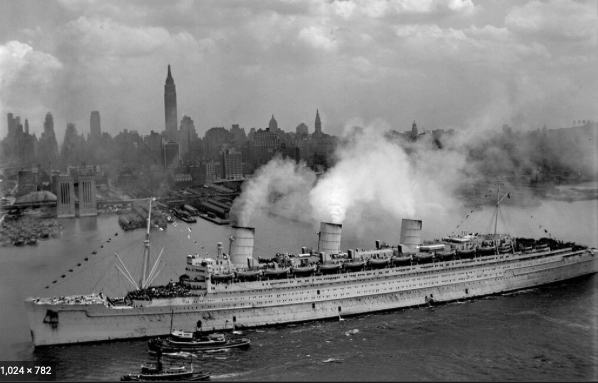
Hays departed Camp Shanks after a short stay boarding the Queen Mary along with 11,949 other army personnel and a crew of 1,190. He remembered the crossing as being very rough. Many soldiers became seasick. The Queen Mary landed on March 6 at Gourock, Scotland near Glasgow. After making landfall, Hays posted to Shipton-under-Wychwood, west of Oxford in England. He then interviewed and won a position in London at the Supreme Headquarters of the Allied Expedition Forces (SHAEF.) On his first day in the war room, he was given a thick folder about the invasion of Europe, and told to learn everything in it.The new position ended any chance of combat for the trained armored artillery officer.
SHAEF command headquarters followed behind the advancing troops. After D-Day, headquarters moved headquarters to the coast of France, then to the historic Trianon Hotel in Versailles, just outside Paris. Reims, France and Frankfurt, Germany followed.
Hays was in charge of the map room. An armed MP guarded a single entrance door. Huge maps of bombing and supply targets, some, 20 x 30 ft., lined the walls. Hays’ responsibility’s included updating the maps daily by 8:30a with new data, and then Eisenhower and other generals came in for briefings. Hays remembers the thick cigarette smoke and the anxiety in the war room when a worried Eisenhower learned of Hitler’s great western push in the Battle of the Bulge.
WWII Armistice Signed in Hays’ Map Room in Reims, France
Hays managed the map room on the second floor of an elementary school in Reims, in northwestern France, toward the end of the war. The Nazi surrender occurred there on May 9, 1945. Two days later, Captain Hays was told to get the room ready for the armistice, but he didn’t know exactly when the surrender would occur. He slept on a cot in a nearby small room. Awakened at 1:00a, he madly finished setting everything up including measuring exactly the placement of each piece of paper. The actual signed occurred at 2:00a while Hays stood outside the room. General Jodl signed for the Germans, William Bedell Smith for SHAEF, Ivan Susloparov for the Russian,; and Francois Sevez for the French.
A Life Magazine photographer recorded the event. He used one of Hays’ map ladders to take some of the photos. In one photo later printed in the May 21, 1945 issue (news traveled fast in those days), Hays appears in side-view arranging papers on the signing table. Back in America, Sally was living on a farm with her parents. Sally picked up the morning mail that had a copy of Life Magazine. She ran inside. “It’s him,” she told her parents. They couldn’t imagine their son-in-law could possibly be in Life Magazine. For a long time they kept saying, “It’s not him.” Sally was always right.
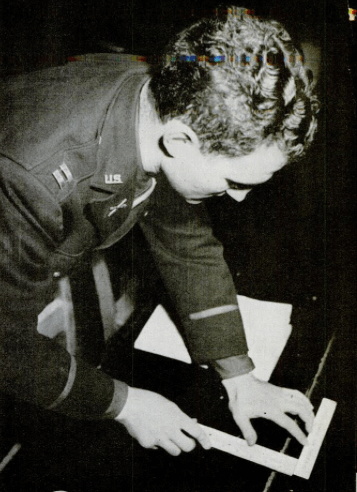
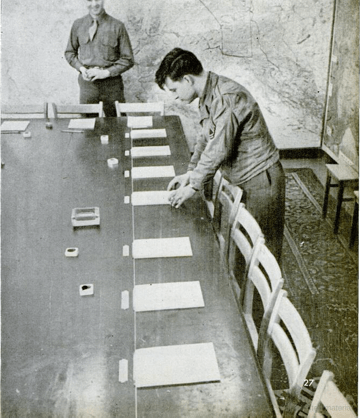



Post-War, Turning the Map Room into a Museum
In Europe, Hays went on to one more headquarter office in Frankfurt. After 3 months, he was assigned to go back to Reims and reproduce the armistice room exactly as it was at the time, and so it remains to this day as the Museum of Surrender (Musee de la Reddition.) Hays returned home in September 1945, a retired Major with a bronze star and the MBE.
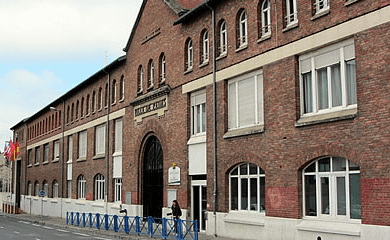
The Good Generation
Ray and Sally went on to raise three more children, all sons, and remain for the rest of their lives in a home built for them in 1952. Ray and Sally were known in their community as altruists and caregivers. They gave of their time to help others in need without complaint or concern for themselves. All of which is not surprising since they were two of the countless contributors from the Greatest Generation that made a better and safer world in the 20th century.
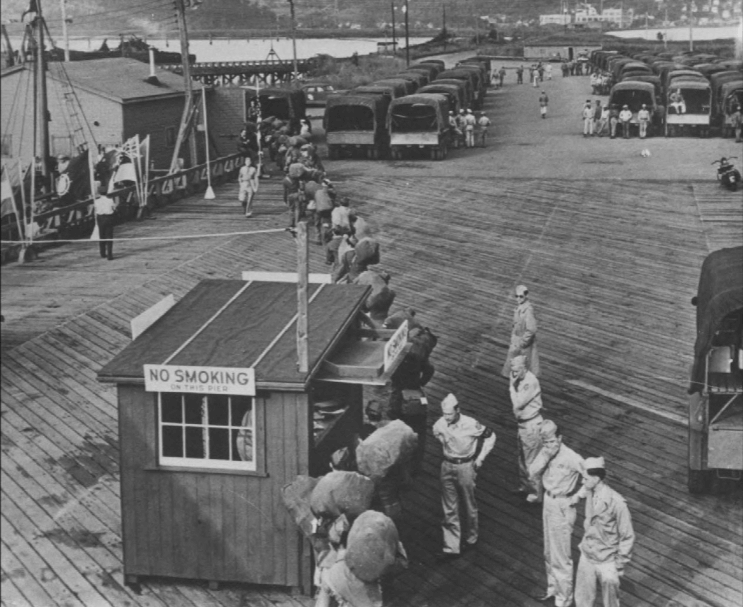
Also see:
- Last stop, USA: the Piermont Pier
- Veterans Day 2014
- Did You Know: Veterans Day used to be Armistice Day?
Michael Hays is a 35-year resident of the Nyacks. He grew up the son of a professor and nurse in Champaign, Illinois. He has recently retired from a long career in educational publishing with Prentice-Hall and McGraw-Hill. Hays is an avid cyclist, amateur historian and photographer, gardener, and dog walker. He has enjoyed more years than he cares to count with his beautiful companion, Bernie Richey. You can follow him on Instagram as UpperNyackMike.








